M113 APC: Ubiquitous Armored Personnel Carrier In Vietnam to Ukraine
July 29th, 2023
9 minute read
In late April, the Russian news agency RIA Novosti reported that the Kremlin’s forces had made a significant “capture.” It wasn’t the Ukrainian city of Bakhmut, which had endured a nearly year-long siege that has razed the entirety of the urban center to the ground. It was perhaps almost as significant, as Russian reconnaissance officers claimed to have seized a U.S.-made M113 armored personnel carrier (APC) in the fighting in the Donetsk Oblast.
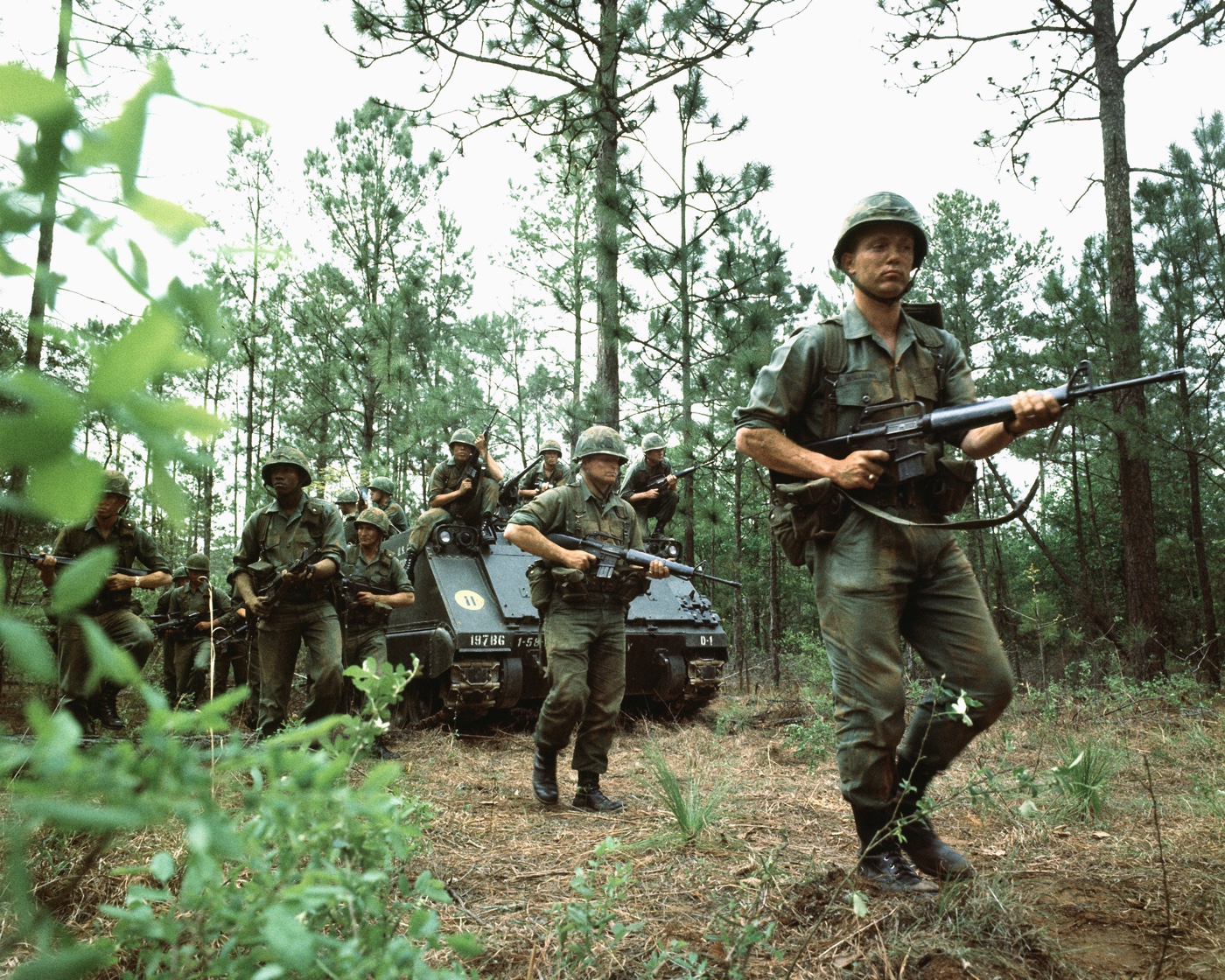
The military vehicle, which was first employed by the U.S. military during the Cold War, was disabled during a nighttime attack, and abandoned by its crew. Russian forces then reportedly recovered the APC. The capture of enemy vehicles is commonplace, especially in the Donbas region of Eastern Ukraine, but this incident was notable for other reasons. While Ukraine has strived to return captured vehicles to service, Moscow had sent at least one M113 that was recovered in the fighting to a museum outside St. Petersburg.
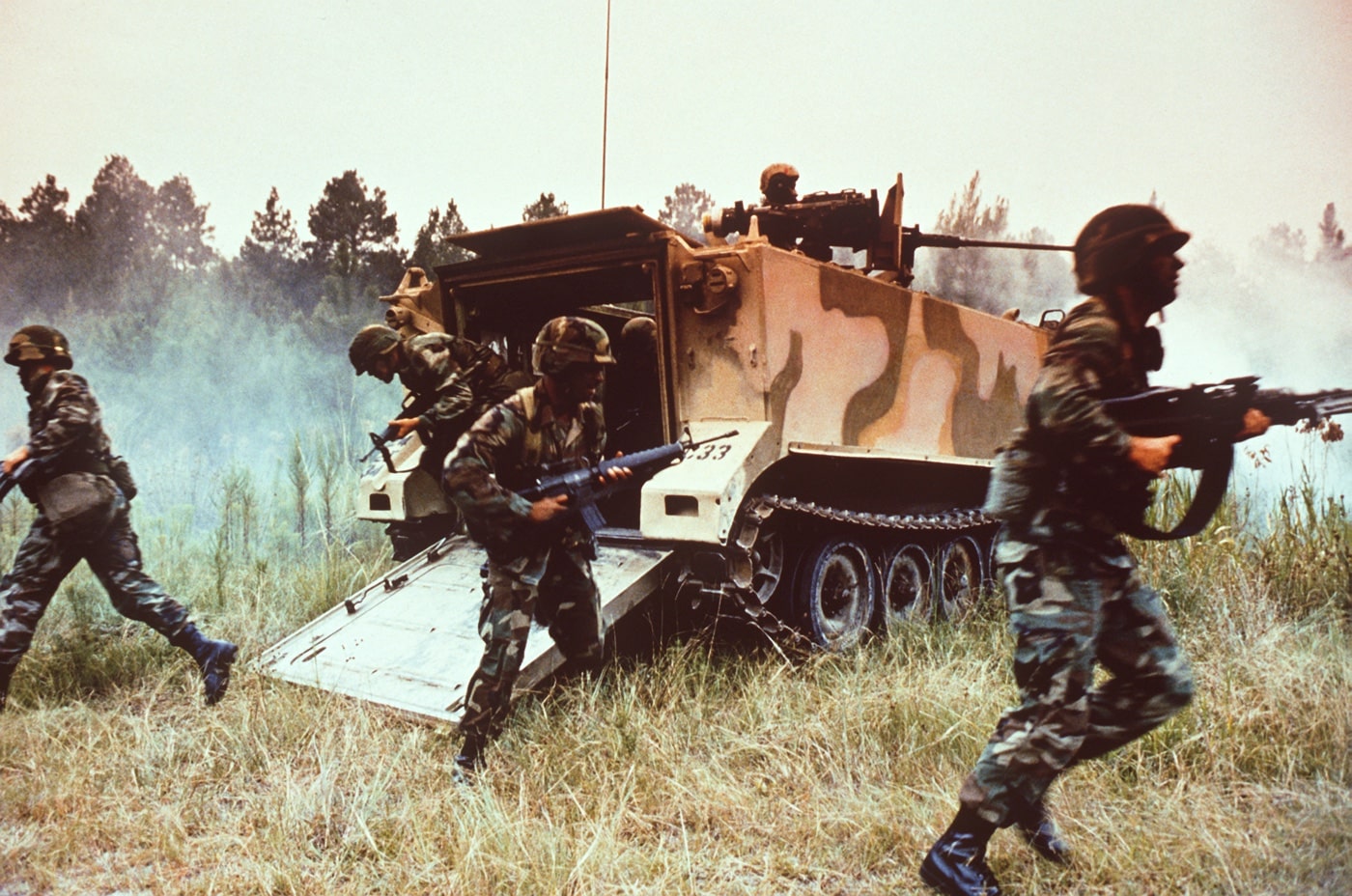
The M113, along with other captured Ukrainian tanks and armored vehicles, was part of the exhibit — an obvious attempt to put a positive spin on the conflict. However, Moscow has apparently received a fair share of mockery for failing to display other U.S. and NATO equipment such as the M142 HIMARS.
Potential Game Changer
It was in December of last year that Forbes.com reported that Western-made vehicles including the M113 are slowly, but steadily, transforming the Ukrainian Army from a Soviet-style fighting force to one more closely resembling those of NATO. Despite being developed decades earlier, the M113 is well-suited to be used alongside late Cold War Western main battle tanks (MBT), including the British Challenger 2 and Leopard 2. “Fast, nimble and maneuverable” with “good cross-country mobility” is how one Ukrainian M113 driver described the APC.
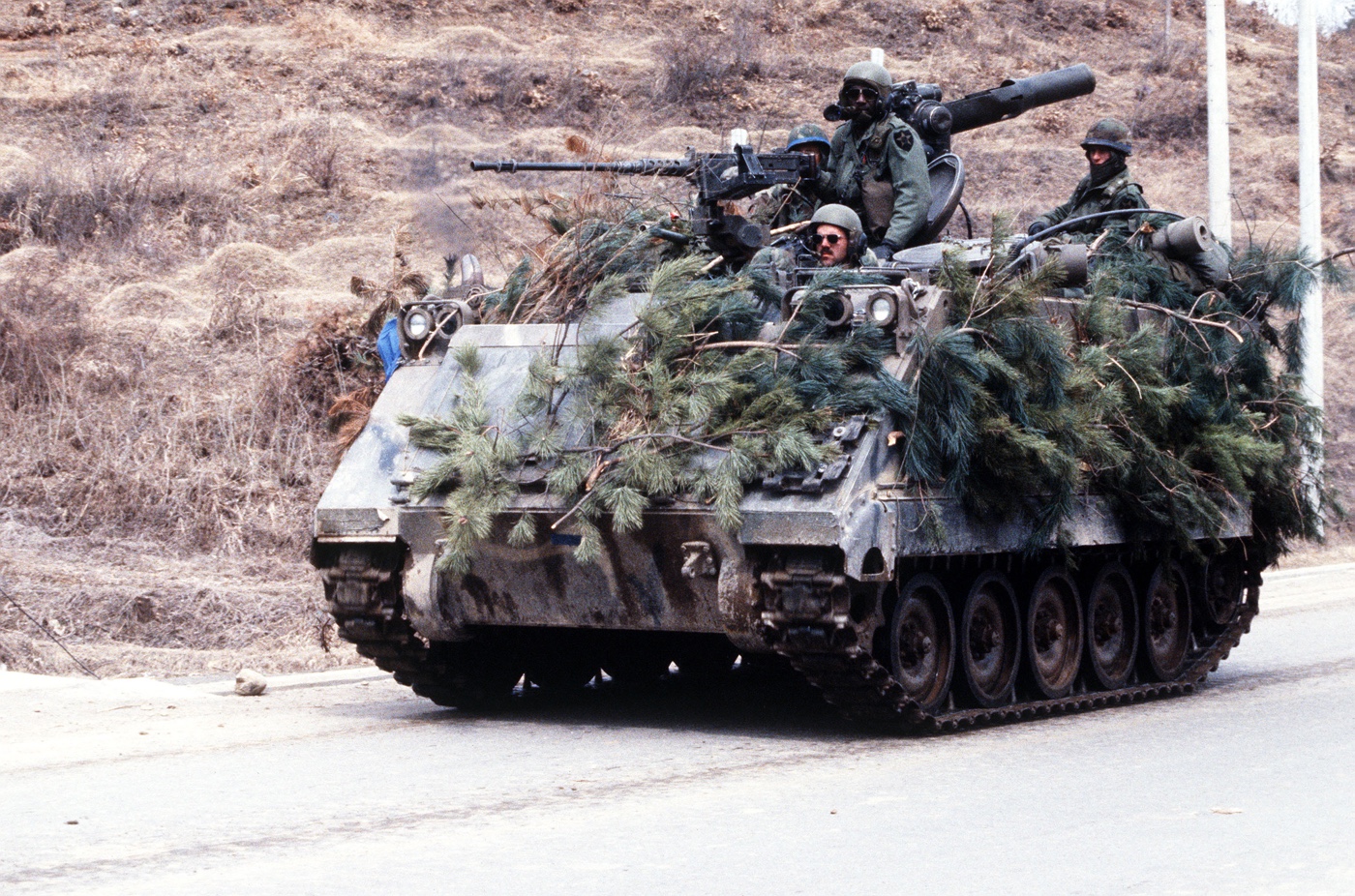
Though the M113s in service in Ukraine are far older than the crews using them, it is hardly the only fairly “ancient” system that still has found success on the modern battlefield. Both Moscow and Kyiv have also employed Soviet-era platforms as old, or even older, including the BTR-60 and BMP-1.
Introduction of the Tracked APC
According to the definition in the Treaty on Convention Armed Forces in Europe, which was concluded at the end of the Cold War, an APC is “an armoured combat vehicle which is designed and equipped to transport a combat infantry squad and which, as a rule, is armed with an integral or organic weapon of less than 20 millimetres caliber.”
The classification is also notable.
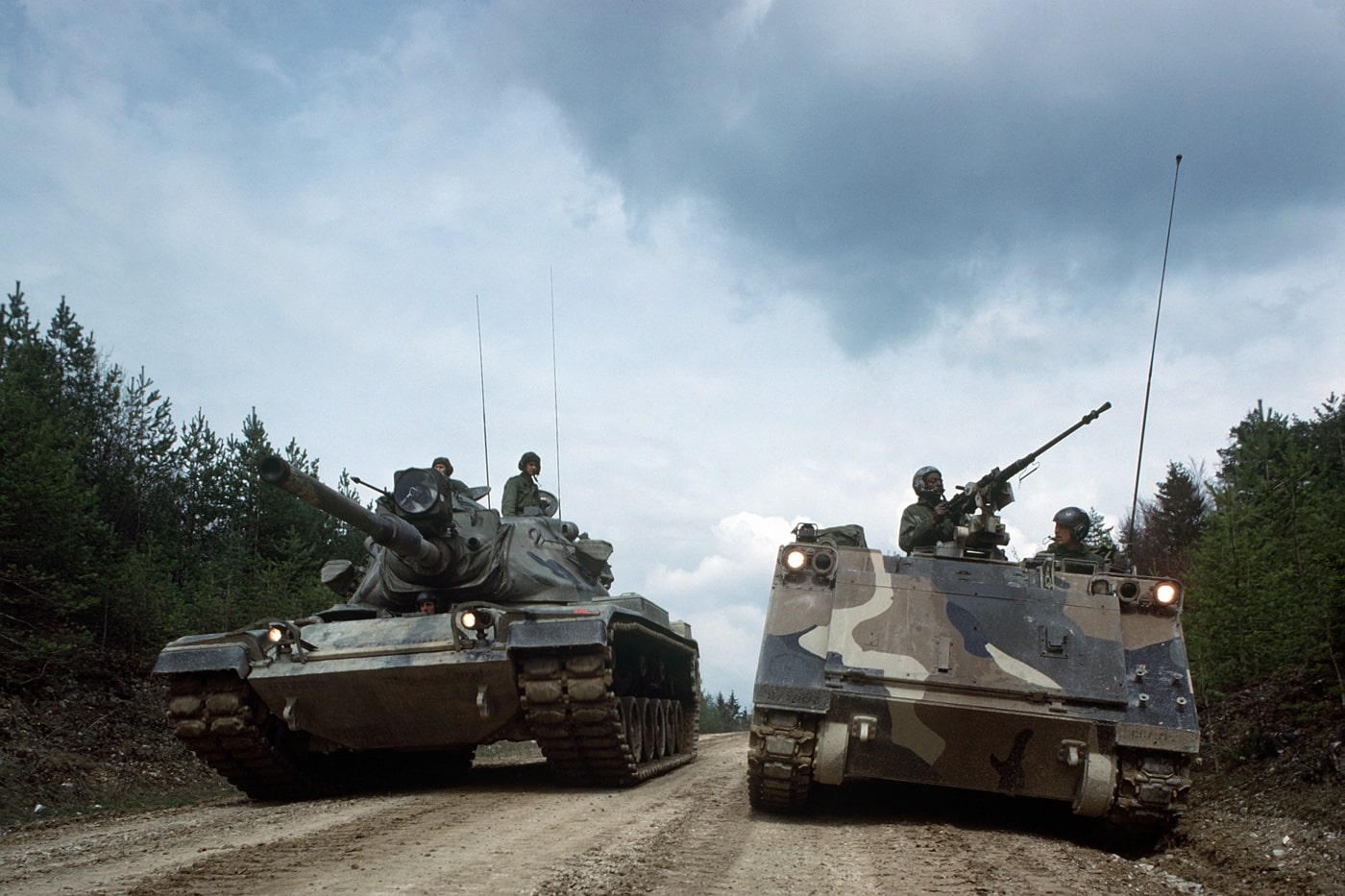
By the time of the ratification of the treaty in the early 1990s, the Cold War was essentially over, and the APC had been supplanted by the infantry fighting vehicle (IFV). In fact, it was during the Cold War era that armored personnel carriers were increasingly employed as IFVs rather than just as troop carriers. Yet, the conflicts of the late 20th century showed the APC still had a role to play.
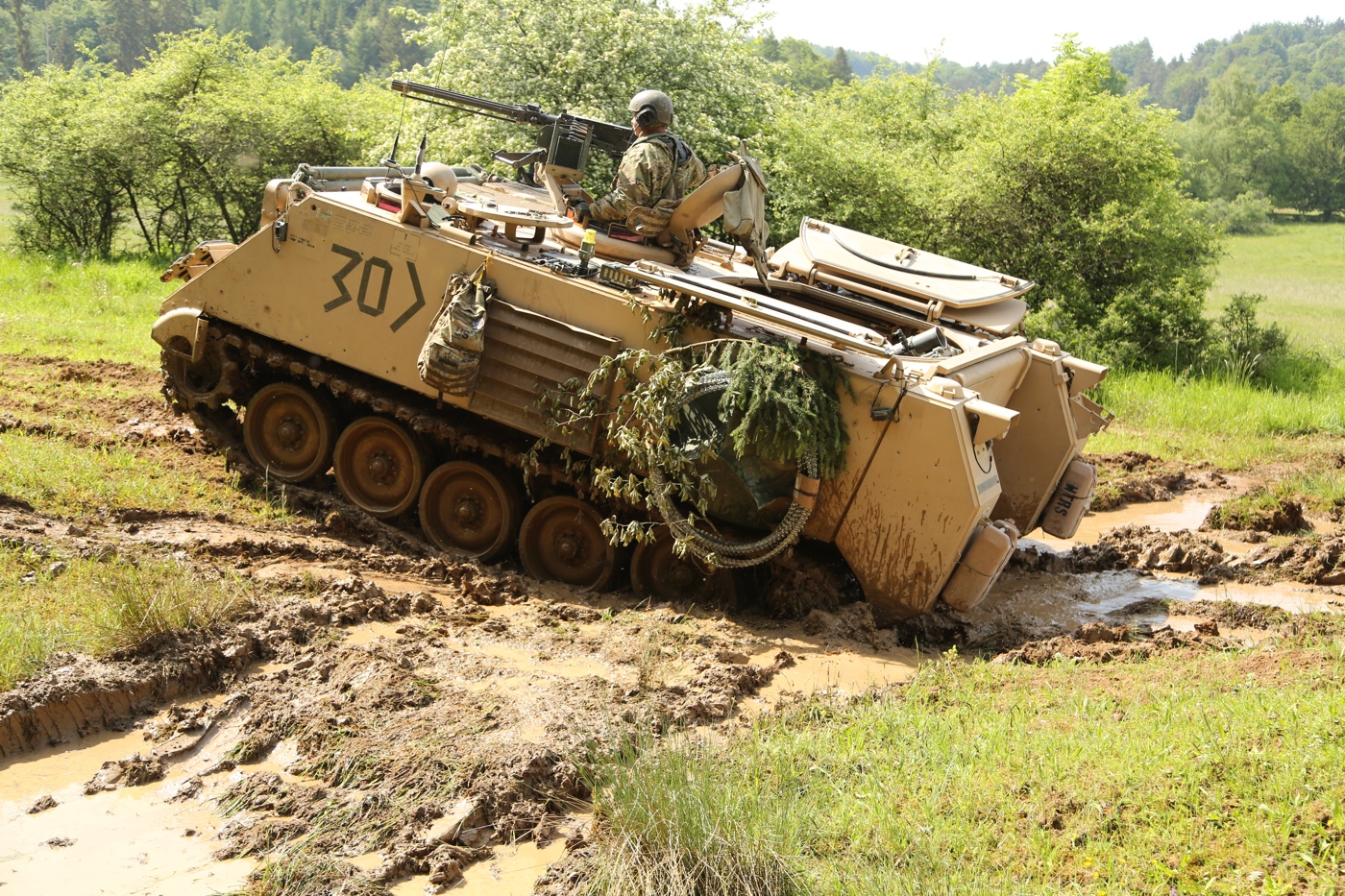
The M113 proved to be the true workhorse of the U.S. military’s APCs, and even today, it continues to serve in that role.
Production of the platform exceeded 80,000 units, and it became the mostly widely used armored fighting vehicle of all time. First introduced in 1960, it was initially developed to transport airborne troops and be delivered via aircraft such as the Lockheed C-130 Hercules.
Aluminum Can Personnel Carrier
The M113 is notable for being the first aluminum hull combat vehicle to be put into mass production, while up to 40 percent of the vehicle’s components are also manufactured from light alloys. Though lighter than similar vehicles, the aluminum armor — developed by Kaiser Aluminum and Chemical — was still designed to be thick enough to protect the crew and passengers from 7.62 mm ball rounds and even artillery shell splinters. At close range, however, the M113’s aluminum armor can be penetrated by 12.7 mm (.50 caliber) heavy machine gun rounds.
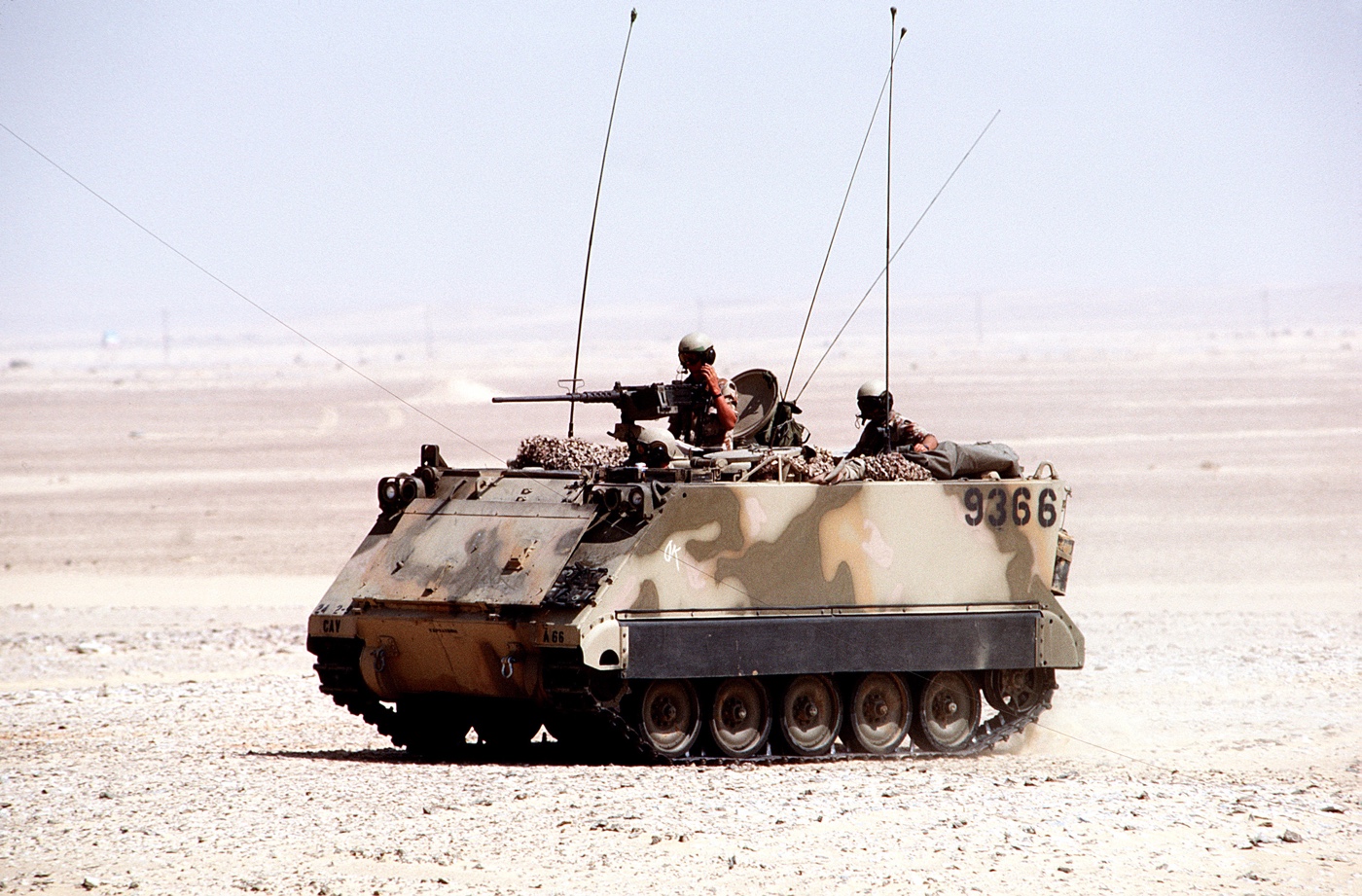
As a result, extra armor was later added to the M113 to produce the ACAV (Armored Cavalry) version, which was transformed into a true armored fighting vehicle with the addition of shields for its machine guns.
Troops can enter and leave the vehicle via the rear ramp, while there is also one large hatch mounted in the roof over the troop compartment.
Multi-Role Platform
The 13-ton tracked M113 was also designed to serve as a multi-purpose vehicle that could move infantry to the front lines. It could also carry engineers, medics, and mortar crews; while it further served as the basis for some 40 variants that included air-defense, artillery-spotting, and serve other roles. The basic M113 is operated by a crew of two, but has room for as many as 15 passengers — making it a true “battle taxi.”
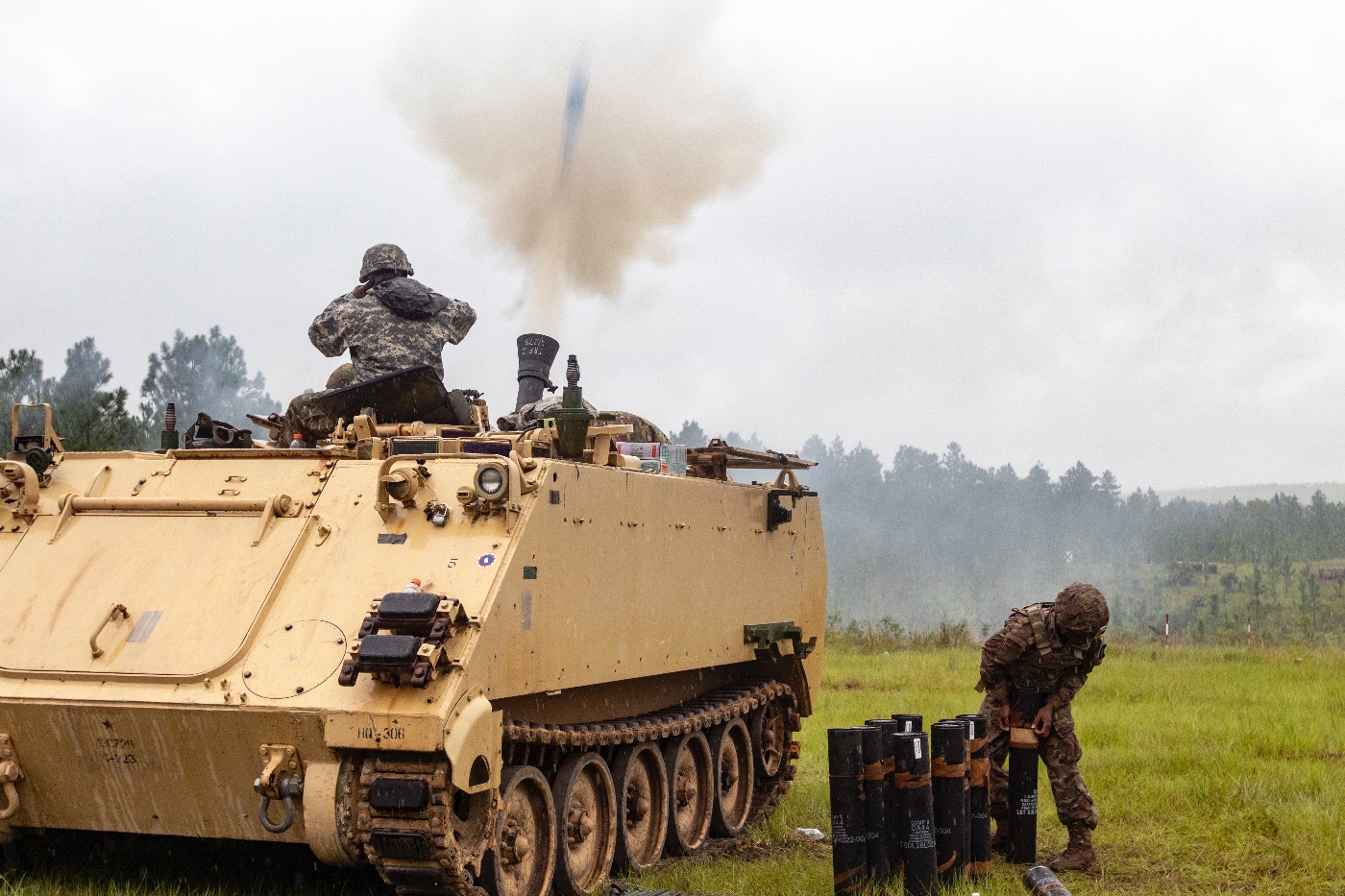
The first models had a Chrysler gasoline engine that provided 209 horsepower, but beginning with the M11A1 variant, it was powered by a GMC Detroit Diesel 6V53T 6-cylinder engine that could provide 205kW (275 horsepower), with a maximum road speed of 66 km/h (41 mph). It had a range of 483 km (300 miles). It utilized a three-speed automatic gearbox and steering differential.
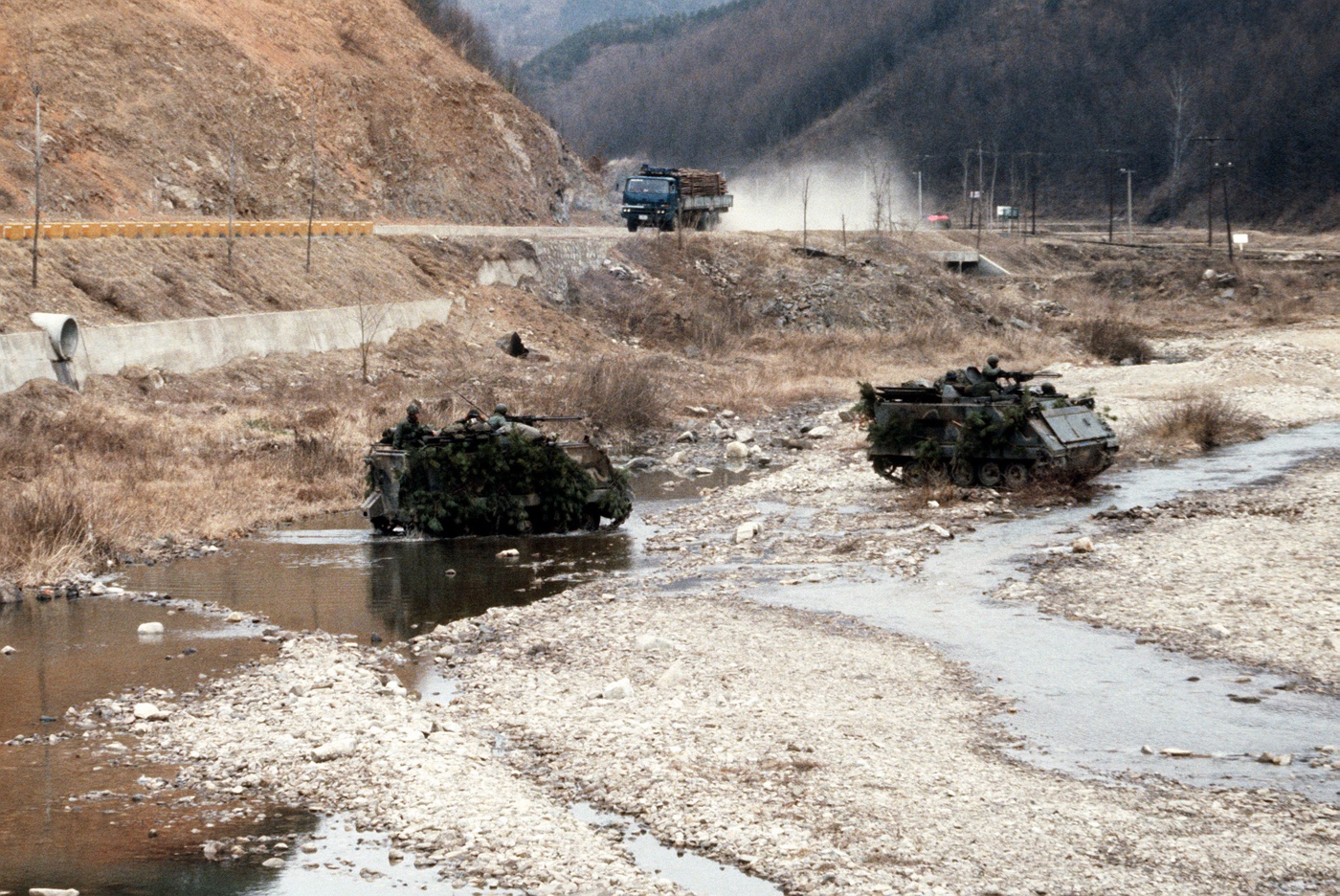
In addition to being light enough to be air transportable, the M113 was moderately amphibious. It can use its tracks to propel the vehicle through the water at about 5 km/h (3.1 mph). The rubber tracks shroud actually controls the flow of water over the tracks while swimming.
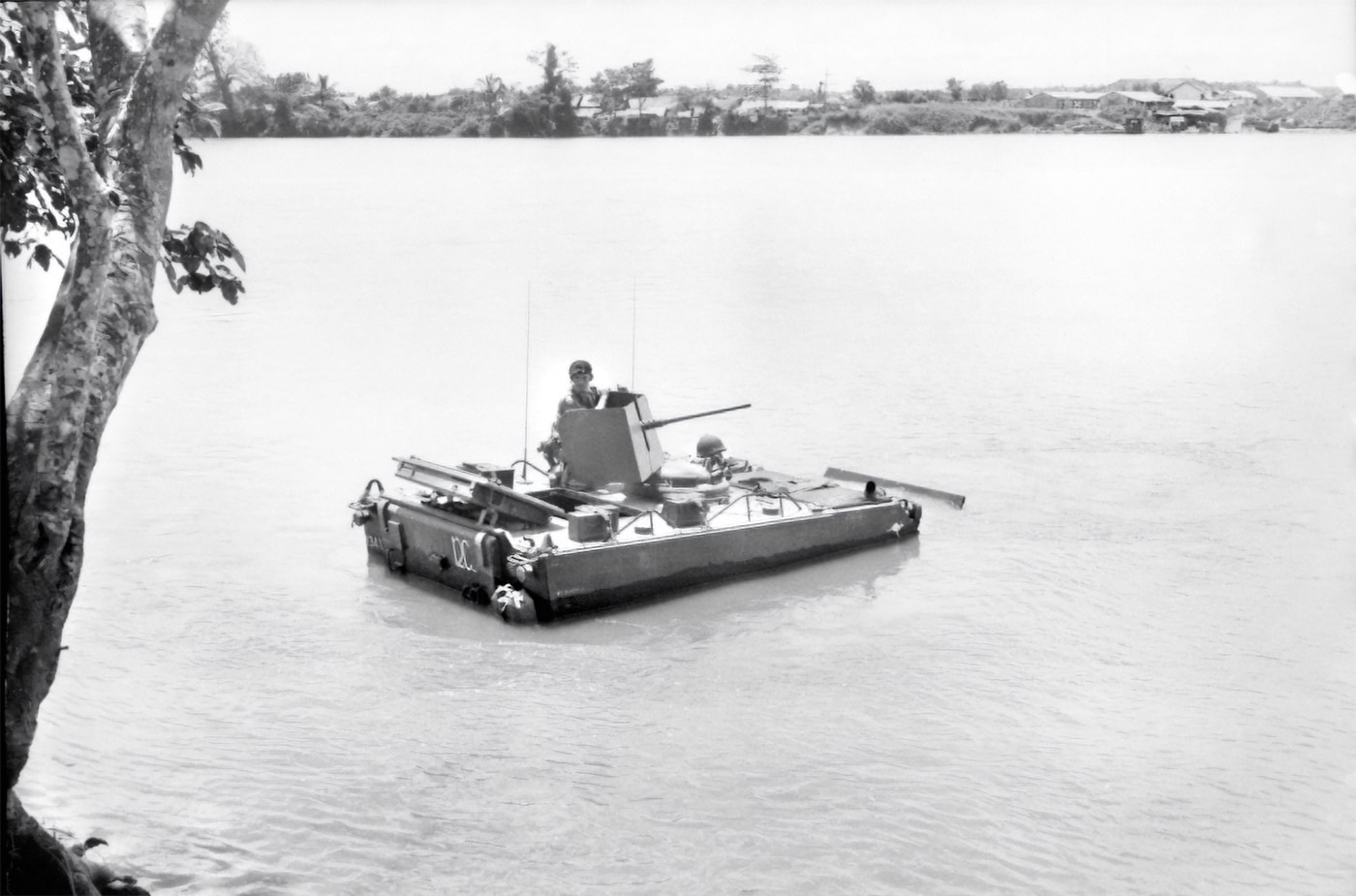
In addition, a splash platform could be lowered for amphibious operations, but in combat conditions, it was often dropped and piled with sandbags to provide a high degree of protection against RPG-7 anti-tank rounds.
Armored Green Dragon, Cheetah, and Bush Taxis
The M113 earned a number of nicknames during its service in Vietnam, where it saw its baptism of fire. It was called the “Green Dragon” by the South Vietnamese Army (ARVN), while the U.S. military often called it the “1-1-3.”
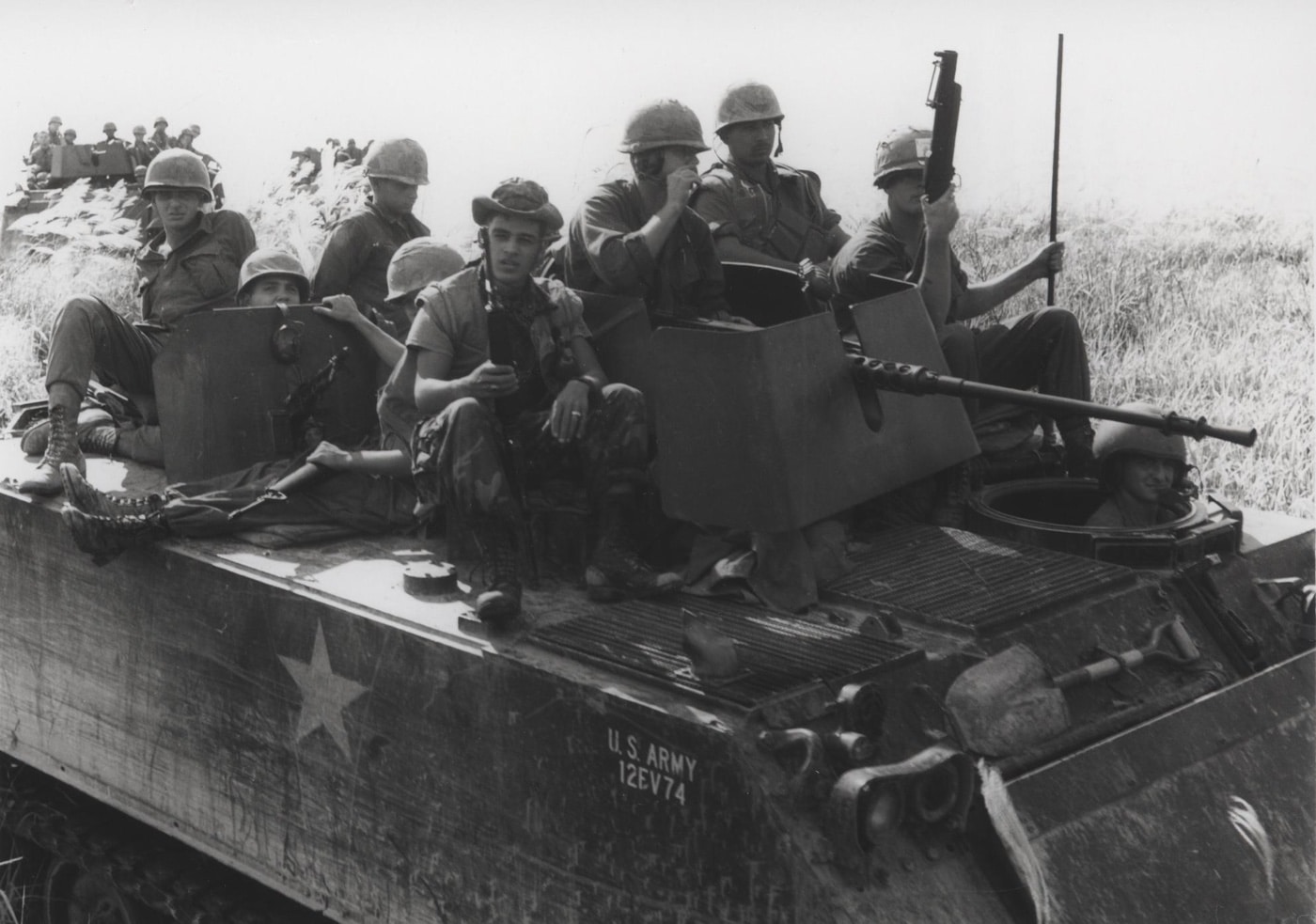
In Israel Defense Forces (IDF) service, different variants received different monikers including the baseline “Badrdelas” (Cheetah in Hebrew), while the “Zelda” was the model fitted with explosive reactive armor (ERA) suites for use in urban combat. The Australian Army also is known to call the M113 “buckets” and “bush taxies,” while the model fitted with a 76mm turret was fondly known as the “beast.” The West German Bundeswehr used such terms as “bathtub,” “elephant shoe,” and “Tank Wedge” to describe its M113s.
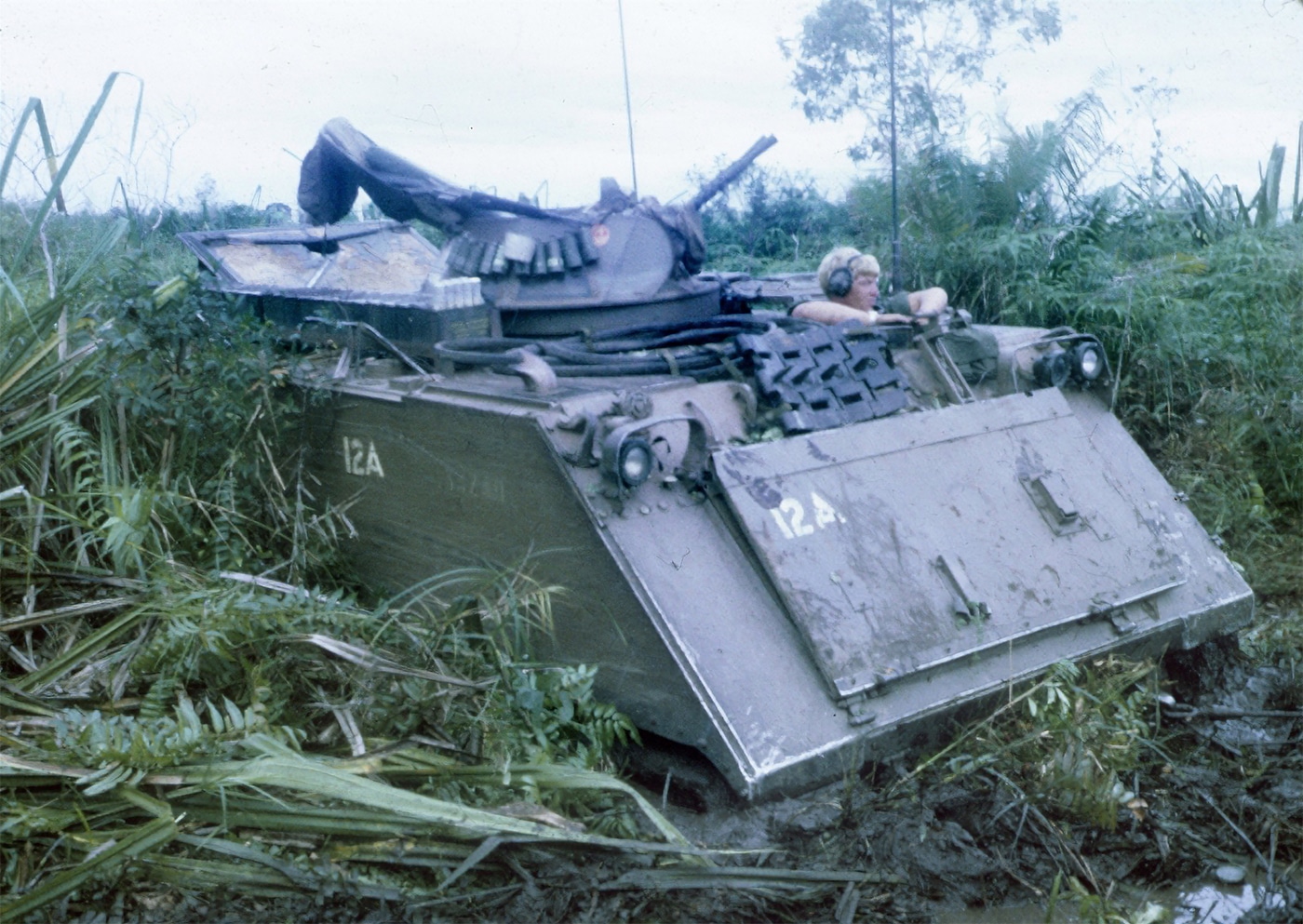
The M113 saw widespread use in Vietnam, and was first employed with Company D, 16th Armor, 173rd Airborne Brigade, the first U.S. Army armor united deployed to Southeast Asia. It proved the first opportunity for mechanized infantry, and the M113 proved instrumental in conducting reconnaissance in force (RIFs), search and destroy missions, and even large invasions (incursions). During the war, the M113 became the primary workhorse of the U.S. military for moving ground forces.
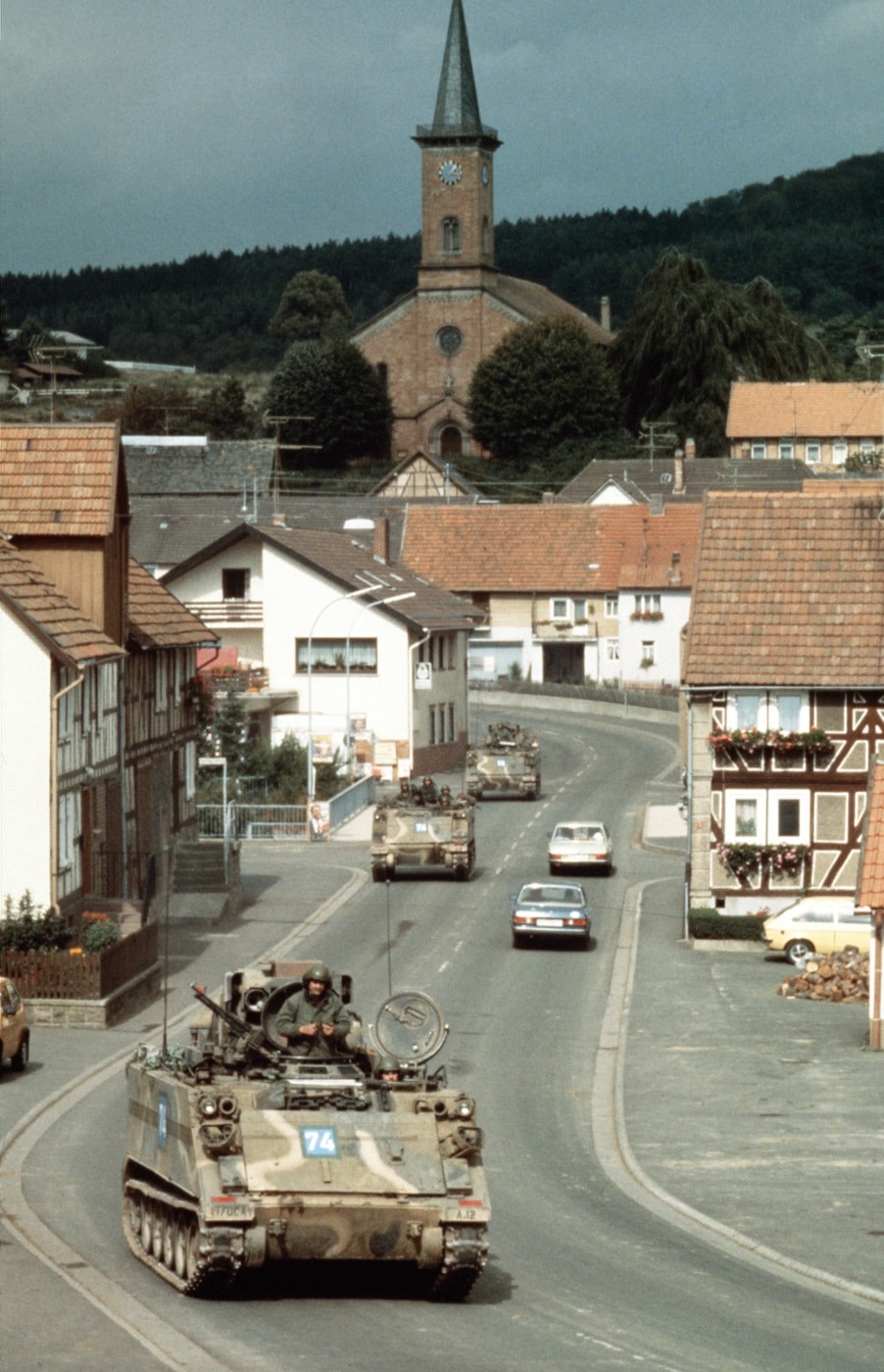
The IDF was the second largest user of the M113, and it was first employed in combat in the Middle East during the Six-Day War. However, it was actually with the Jordanian Army. Those captured by the IDF were integrated into the Israeli military, and in 1970, Tel Aviv began to acquire additional M113s to replace its aging half-tracks — many of which dated back to the Second World War.
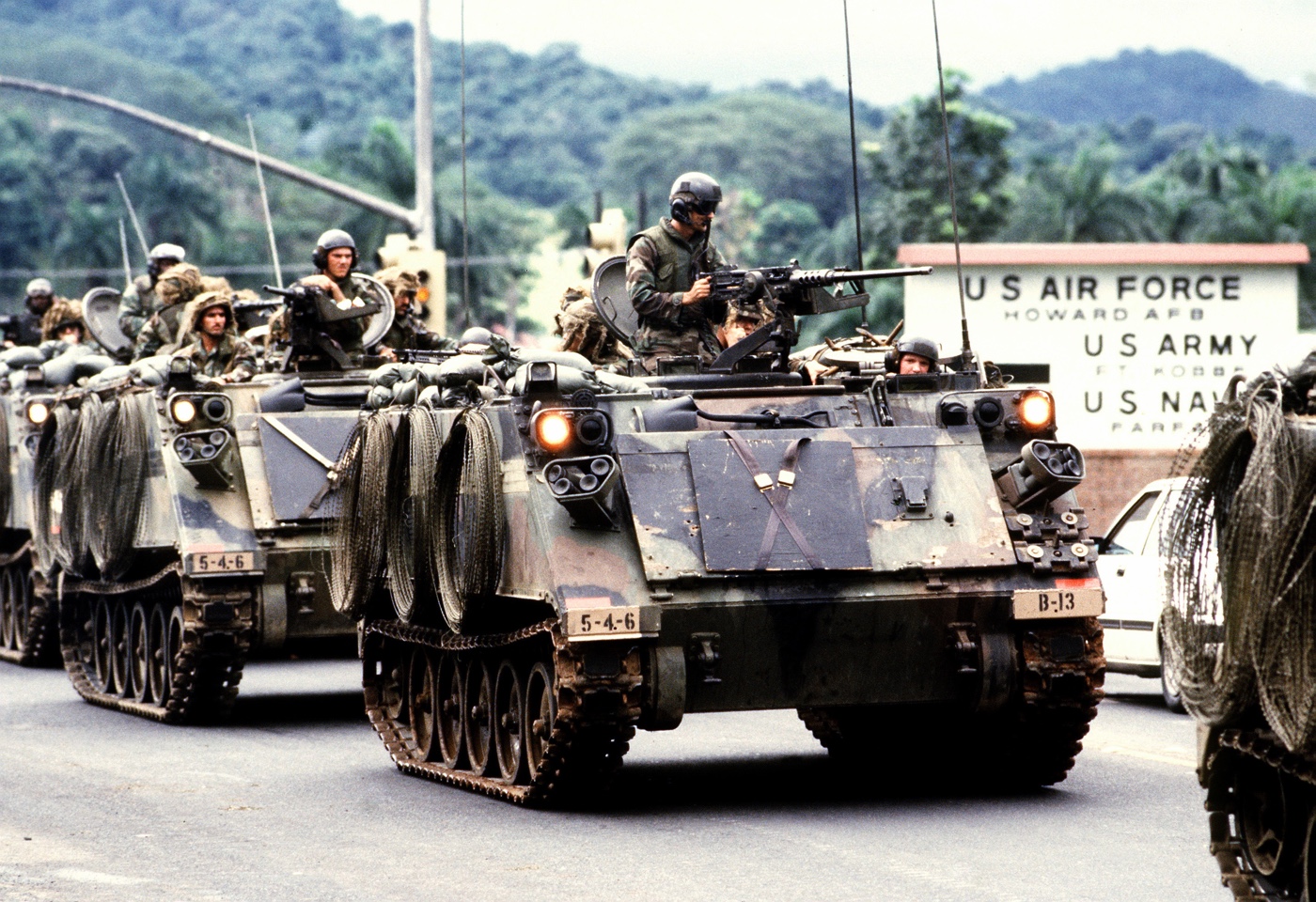
The IDF’s M113s played a vital role in the 1973 Yom Kippur War, but it was in that conflict that the APCs proved inadequate as a front-line fighting vehicle. A significant number were destroyed in attacks on Syrian forces. A decade later, a significant flaw was noted — namely that the aluminum armor could catch fire after being hit by anti-tank weapons, notably the aforementioned Soviet-made RPGs. As a result, the vehicles were only used to ferry supplies, though stopping far short of the frontlines.
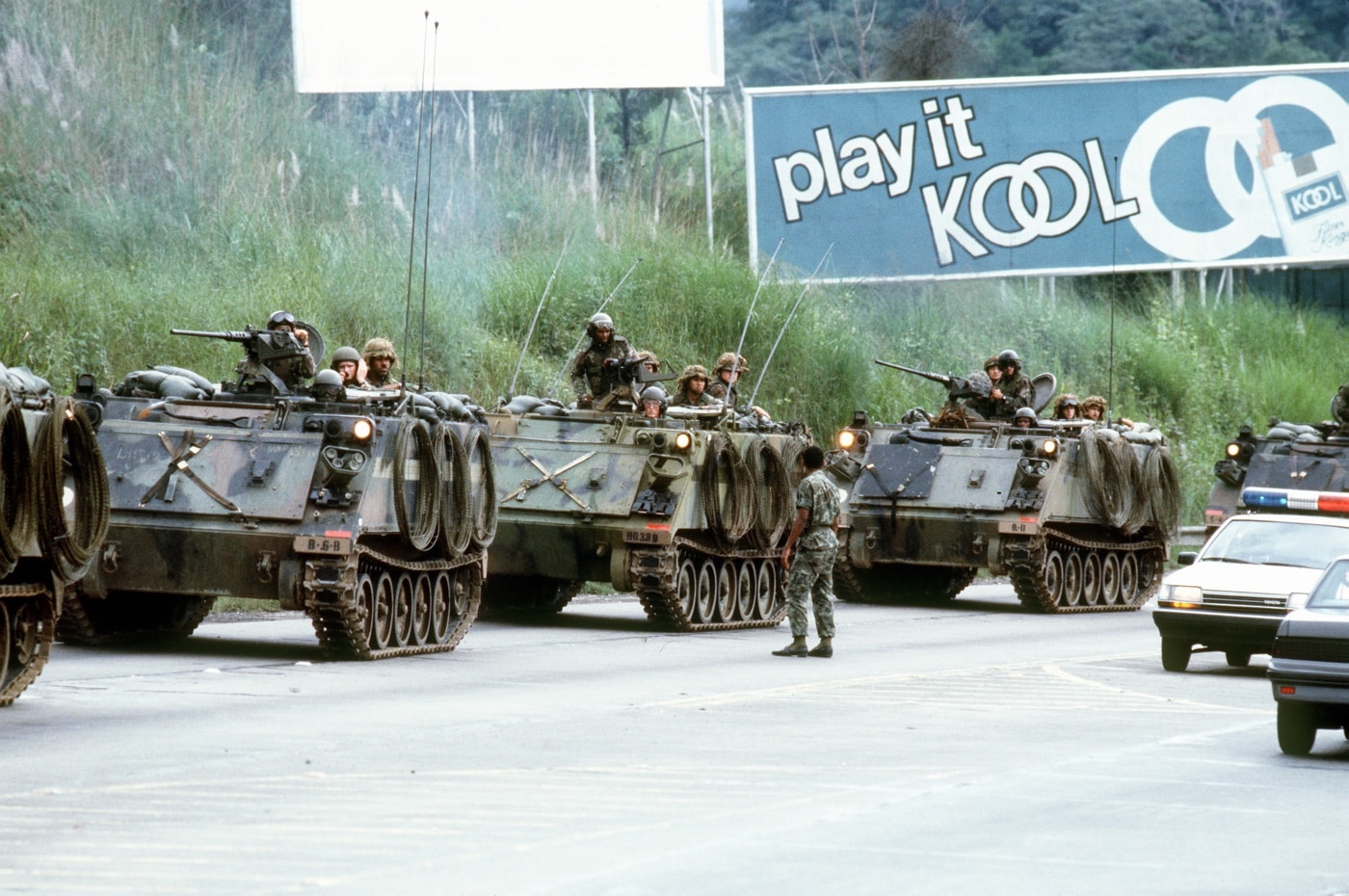
Even today, the IDF maintains a fleet of some 6,000 M113s, but it still cautiously avoids sending those too close to territory where they could be vulnerable to attacks from man-portable weapons. Moreover, the M113 is not mission capable if any one track shoe is damaged, a flaw that has never been fully addressed.
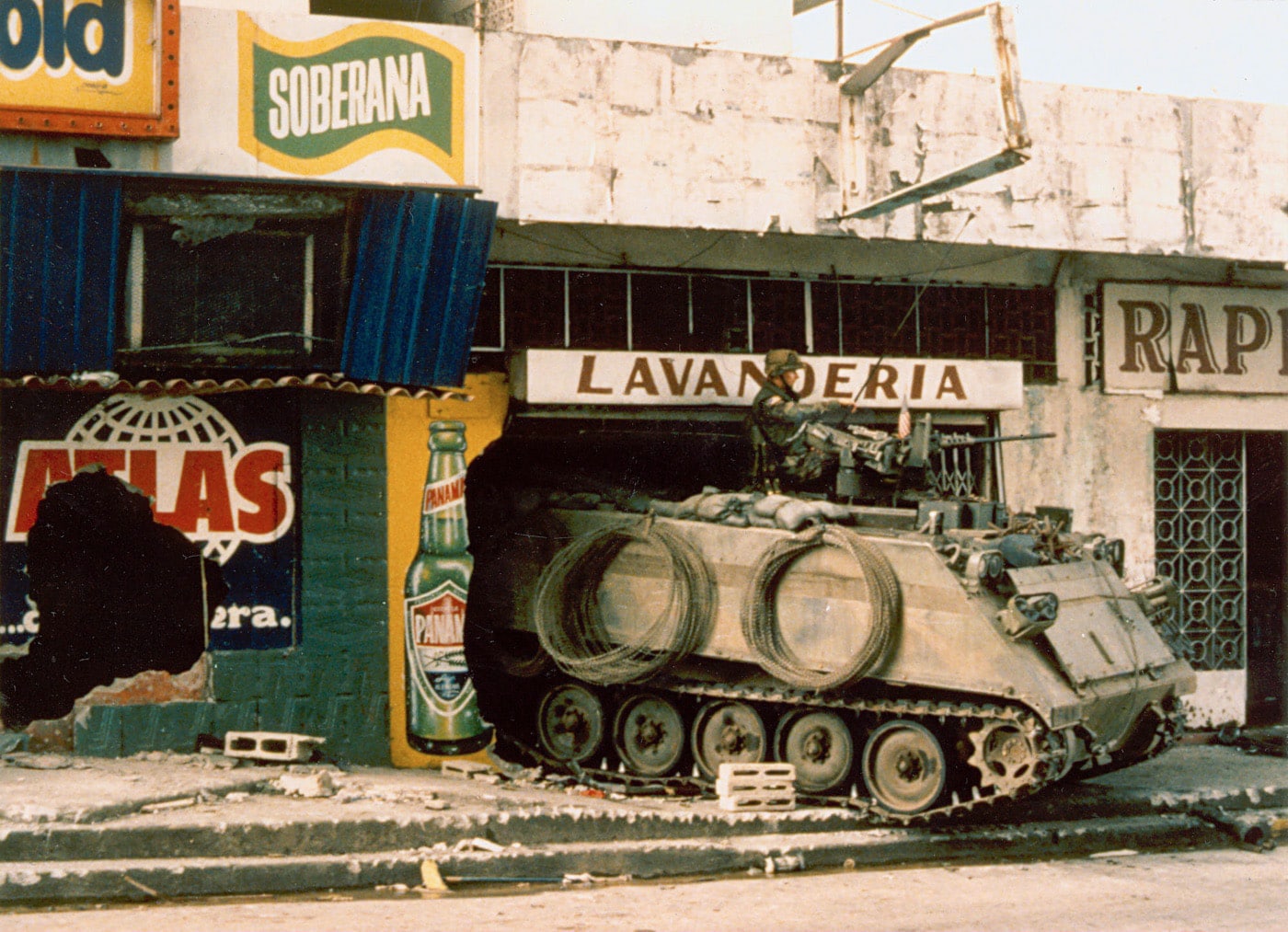
Despite its flaws, the M113 remained in production until 2007, while the U.S. Army has announced plans to replace the M113 with the Armored Multi-Purpose Vehicle (AMPV), now under development. Some 5,000 M113A2 and M113A3 APCs remain in service with the U.S. Army. These have been steadily upgraded and enhanced over the past two decades.
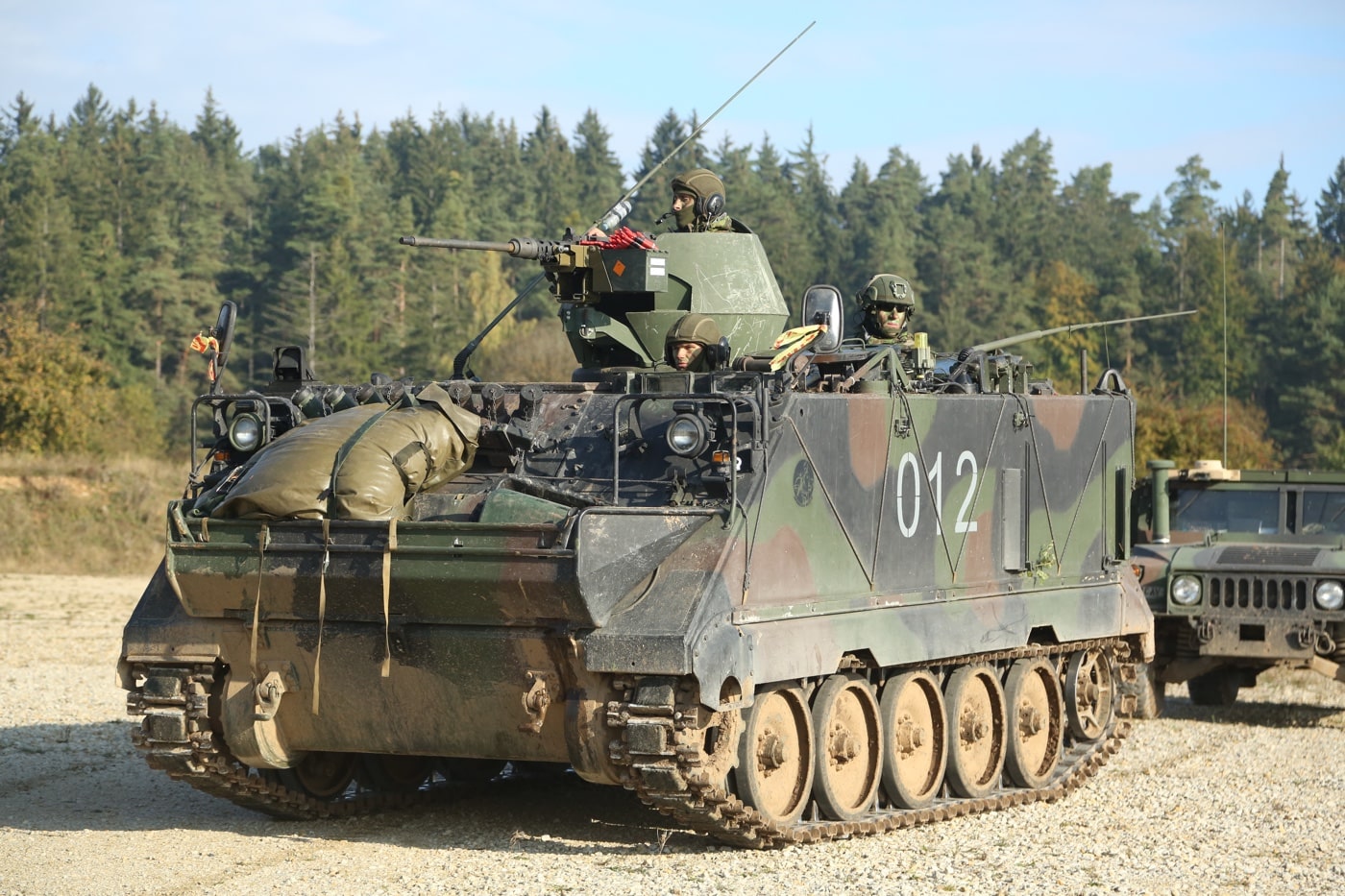
The M113 also remains in service with the militaries of around 50 nations.
M113 Service in Ukraine
Following Russia’s unprovoked invasion of Ukraine, Kyiv was provided a significant number of M113s. That initially included around 200 from the United States, with another 100 pledged; around two dozen from Spain, upwards of 50 from Denmark, nearly 200 from the Netherlands, and 70 from Lithuania.
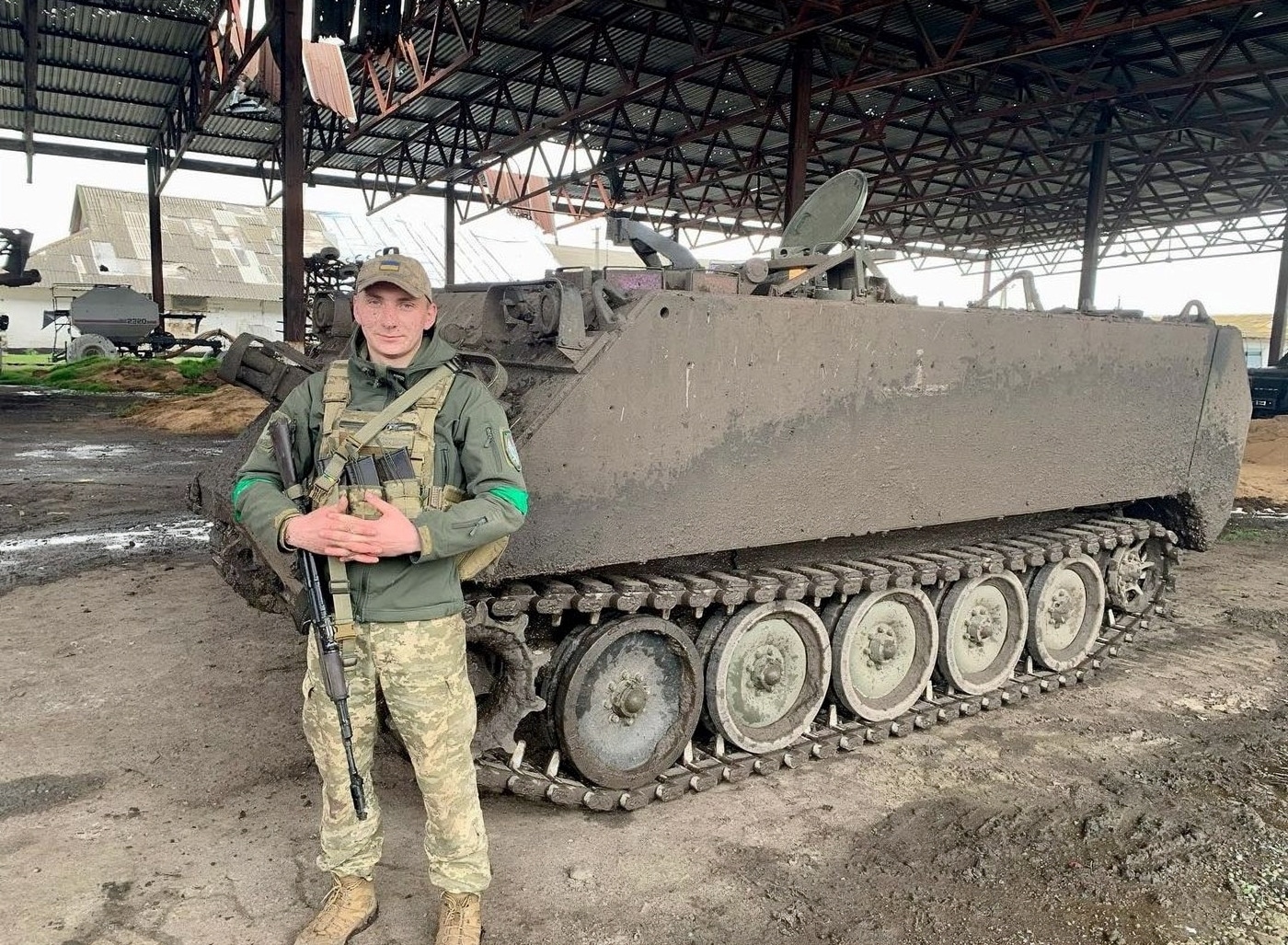
The M113’s aluminum armor is considered to make it as well protected as the Soviet-era steel BMP-1, albeit a bit less protected than the BMP-2. However, the M113 is believed to be easier to maintain, and is considerably faster than either of the Soviet-designed IFVs, which means if necessary the M113 can get out of a fight far faster than its Russian counterparts.
That, along with the numbers of APC that Kyiv could receive, is why the M113 could be a game changer for the Ukrainian military during its offensive this year. This Green Dragon may not breathe fire at the enemy, but it could allow infantry to travel quickly to the frontlines and help protect those hard-hitting Western MBTs.
Editor’s Note: Be sure to check out The Armory Life Forum, where you can comment about our daily articles, as well as just talk guns and gear. Click the “Go To Forum Thread” link below to jump in!
Join the Discussion
Continue Reading
Did you enjoy this article?

 284
284






